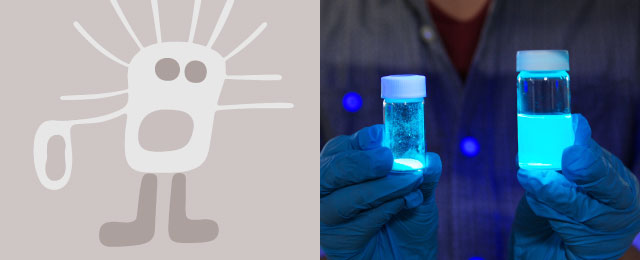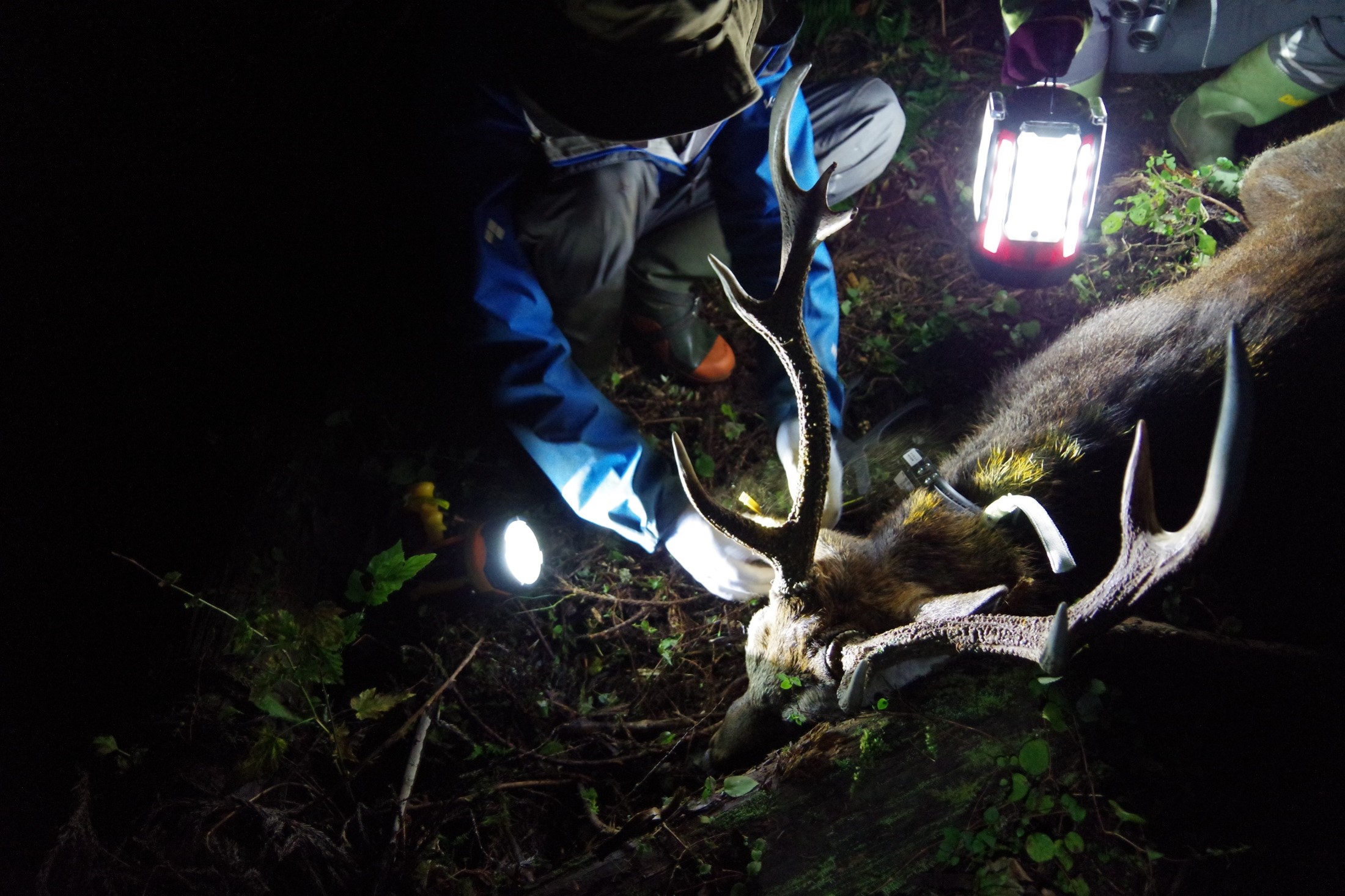







Home > Research > Research Overview > 2023 Movies > Faculty of Agriculture
Professor, Faculty of Agriculture (Forest wildlife management)
ENARI Hiroto
We are entering a new age of “human population decline,” which is something we have never experienced before, as society matures, and the relationship among wildlife, civilization, and forests is changing rapidly. As a result, public attention is increasingly focused on agricultural damage and impacts on people’s lives (e.g., injuries or deaths, traffic accidents, house invasions, and the spread of infectious diseases) caused by large wild animals such as deer, wild boars, monkeys, and bears.

Recently, these wild animals have frequently appeared in towns and cities, and they have developed into a social problem that harms the safety and security of everyday life. In addition, the number of deer in forests is rapidly increasing. In some areas, deer have begun to pose a new threat to the coexistence of many different species in forests by continuing to feed on various plants.
Without turning a blind eye to the harsh reality of “human population decline,” my laboratory seeks to formulate a number of feasible responses that will help society to solve wildlife problems on various temporal and spatial scales. To solve these problems, my laboratory is not merely seeking to understand wildlife ecology and behavior and develop methods of appropriate management based on that understanding. Rather, we are constantly examining how to design a society that is compatible with an age of declining population that will allow humans to sustainably coexist with wildlife.